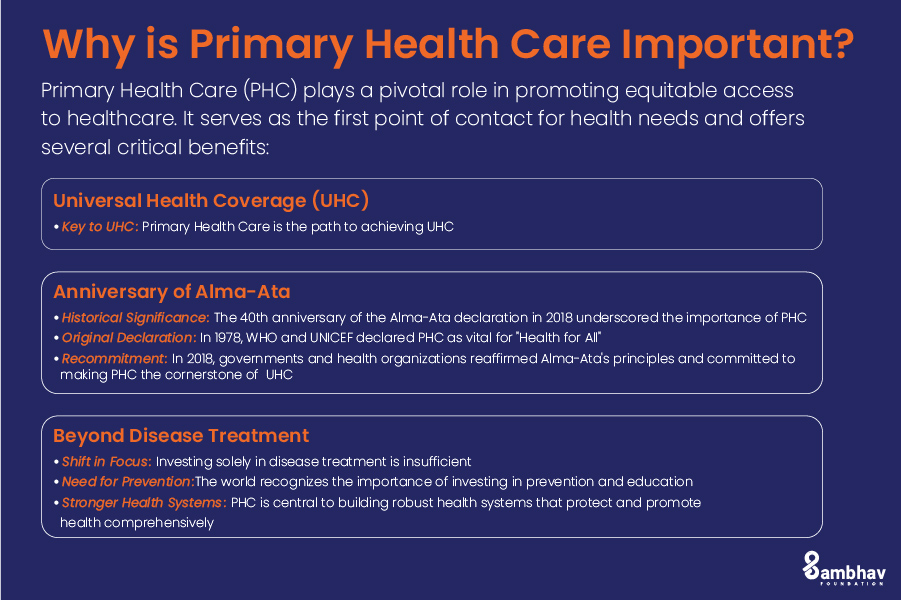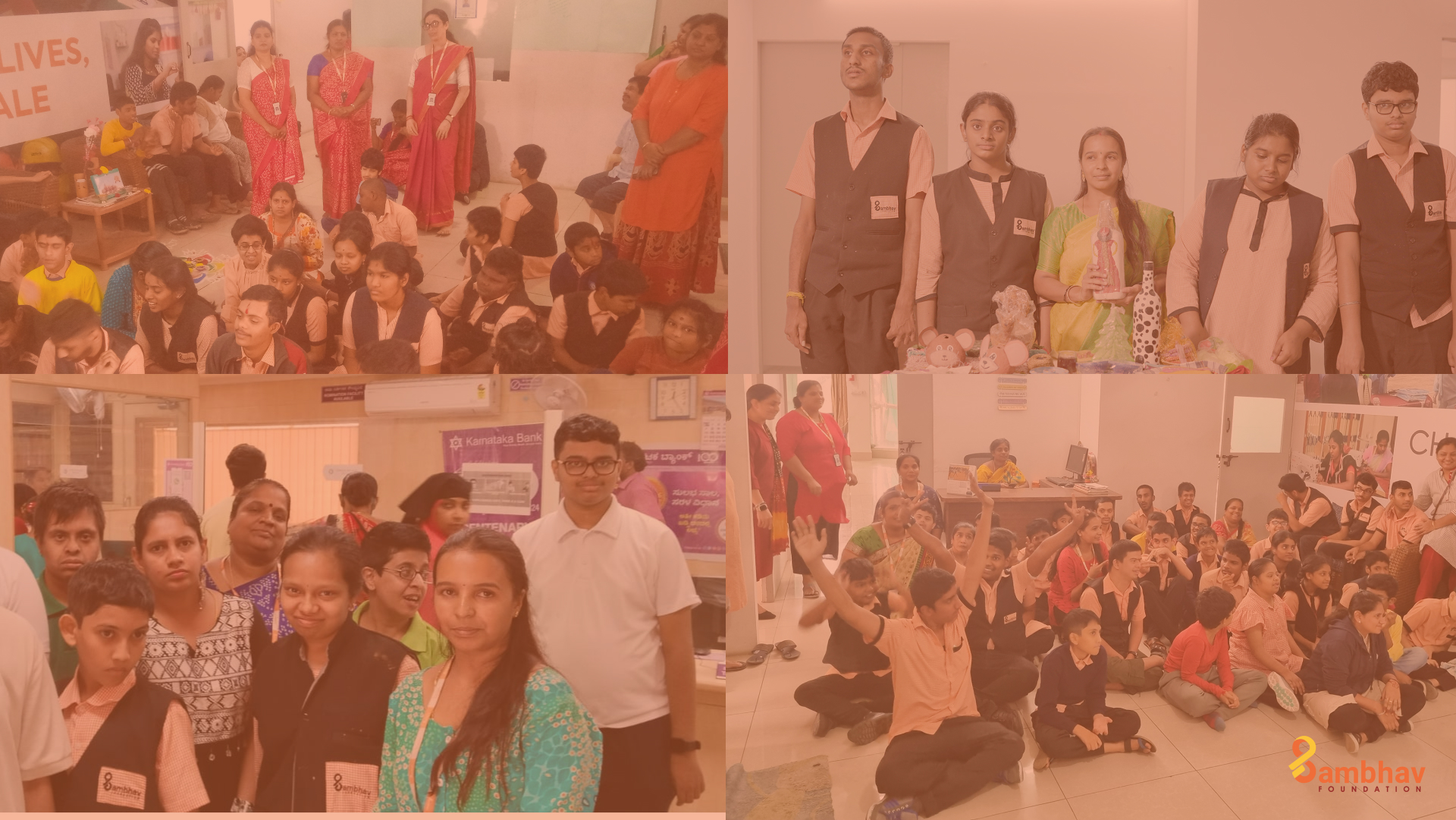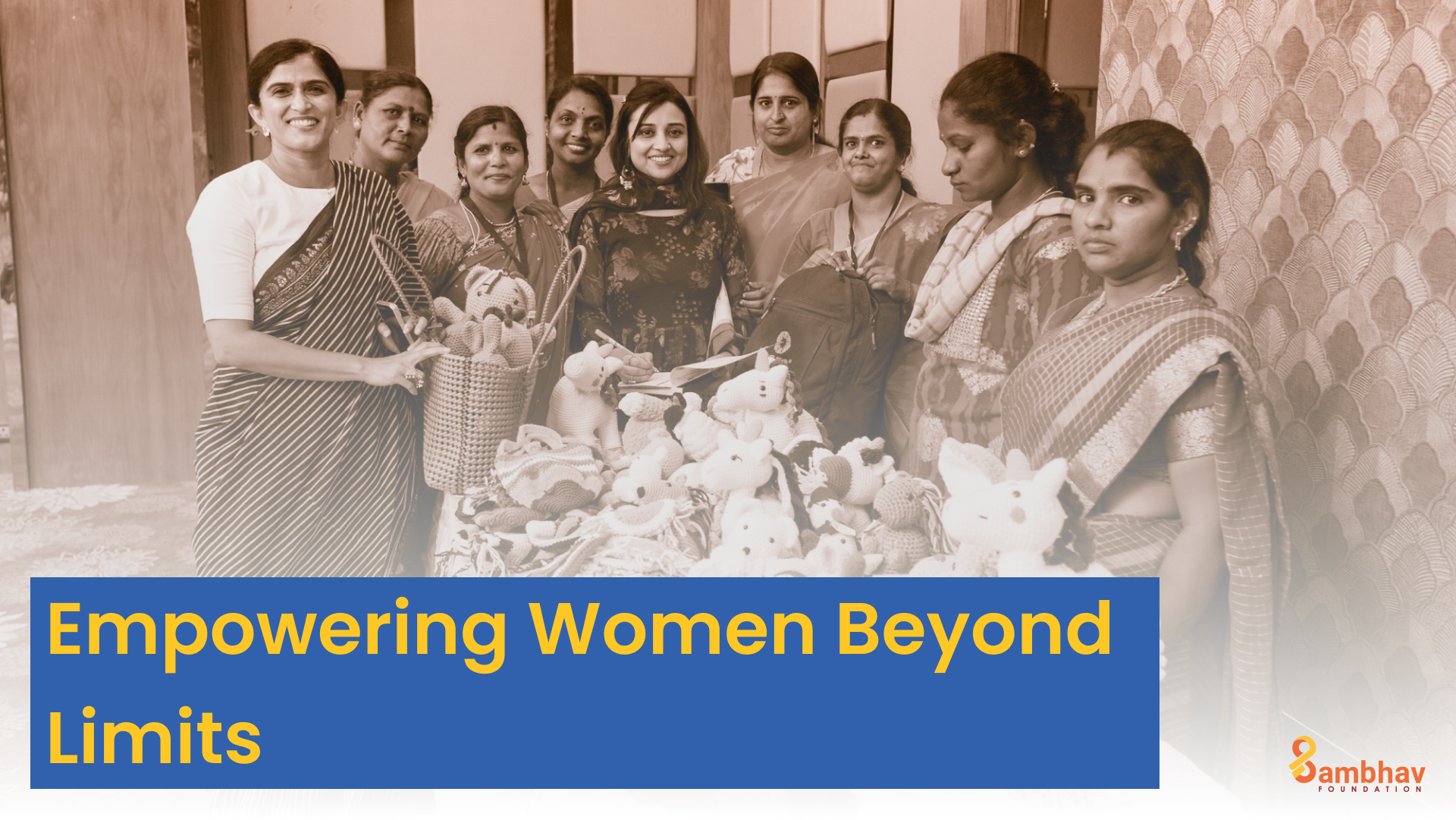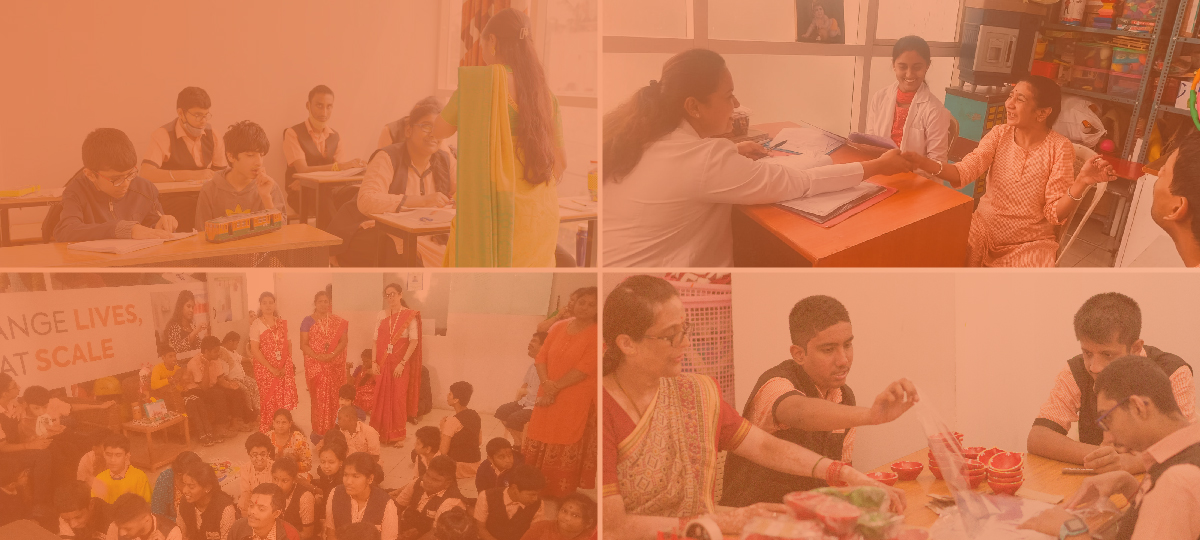What Innovations in Primary Health Care Transform Community Health?
Why did Amazon acquire One Medical? Perhaps because it places its faith in the truth behind myths.
Throughout the course of history in India and for much of humanity, we have had no reliable way to pass on our wisdom to the next generation. It wasn’t until the emergence of cave art and the subsequent development of writing around 3200 BC that a steadfast means of passing down wisdom was established. Before this, wisdom found expression in the form of stories about the world, often featuring enigmatic creatures that served as allegories.
Rakshasas. Yakshas. Gandharvas. Nagas. Pishachas. Pretas.
Fortunately, these were mythical creatures devoid of any threat to our tangible reality. We do, however, have our own dangerous creature: the colossal behemoth that is the Indian healthcare system.
Presently, this behemoth accounts for 2.1 percent of our GDP and is expanding at a rate surpassing our economic growth. Its voracious appetite knows no bounds. And for all that it consumes, what it yields is far from desirable; India ranks unfavourably among developed and developing nations on various healthcare metrics, ranging from accessibility, equity, and outcomes.
As healthcare organisations in India grappled with the COVID-19 pandemic in the past, there were serious concerns about the country’s fragile and inadequate healthcare infrastructure.
The increase in coronavirus cases during the second wave exposed the weaknesses in India’s healthcare infrastructure, highlighting our unpreparedness to meet even the most basic healthcare needs of the population.
What made matters worse was the extreme difficulty of addressing this problem. While we could attempt to build new healthcare facilities and manufacture medical supplies, training enough skilled healthcare professionals like doctors and nurses was extremely challenging.
In this challenging situation, as politicians, industry, and policy experts search for a solution, an unlikely player has emerged as a potential knight in shining armour: innovations in primary health care.
These innovations not only improve the availability, accessibility, and affordability of healthcare for marginalised communities but also improve efficiency and effectiveness in the delivery of healthcare services.
But first, let us start with the basics.
What is Primary Health Care?
Primary Health Care (PHC) is the first point of contact for individuals seeking care. It includes the most basic package of essential health services and products needed to prevent disease, promote health, and manage illness—covering about 80 percent of a person’s health needs during their lifetime.
What Are the Fundamental Principles of Primary Health Care?
In 1978, the World Health Organisation and UNICEF organised a conference in Alma-Ata, Kazakhstan, where they fully supported “Primary health care” (PHC). The PHC model was built on key ideas:
- Fairness and Access: PHC aimed to make sure everyone, no matter their background, could get healthcare.
- Meeting Community Needs: It adapted healthcare to what the local community needed.
- Smart and Affordable Care: PHC used technology and resources sensibly, making healthcare both effective and affordable.
- Connecting Different Levels of Care: It made sure that basic care and more advanced care worked together smoothly.
- Empowering People and Marginalised Communities: PHC encouraged people to take care of themselves and had communities help plan and provide healthcare.
- Working Together: It promoted cooperation between healthcare and other sectors to tackle the root causes of health problems.
- Fair Resource Sharing: It aimed to spread resources fairly in rural places and disadvantaged groups, making healthcare fairer for all.
This Alma-Ata conference was a big step in shaping Primary Health Care, making healthcare more equal and community-centred.

Why is Primary Health Care Important?
As the first point of contact expected to address the majority of health needs, strong primary health care can enhance health outcomes for marginalised communities and reduce the unnecessary use of more expensive specialised services.
This approach saves lives and offers a level playing field, promoting equitable access to healthcare.
Primary health care is gaining significant attention in the health and development sector for three key reasons. Read about them below.
Universal Health Coverage
PHC is the path to achieving universal health coverage, a pivotal goal outlined in the United Nations’ Sustainable Development Goals for 2030. Universal health coverage means every individual and community can access essential health services without financial hardship.
Anniversary of Alma-Ata
Recently, the world commemorated the 40th anniversary of the Alma-Ata declaration in 2018. In 1978, the World Health Organization and UNICEF declared primary health care as the linchpin for achieving health for all. Although the declaration gained attention then, its implementation faced various challenges. In 2018, governments (including the Govt. of India) and health organisations convened in Astana, Kazakhstan, to reaffirm Alma-Ata’s original principles and recommit politically to making PHC the cornerstone of universal health coverage.
Beyond Disease Treatment
It’s increasingly clear that solely investing in disease treatment is insufficient. There is a growing realisation that the world must invest in prevention, education, and stronger health systems to protect and promote health adequately.
What Challenges Does Primary Health Care Face in India?
Unequal access to healthcare leads to unmet healthcare needs, worse and inequitable health outcomes, and increased healthcare costs.
While India has made significant health progress, disparities persist, especially in rural areas. There is an urgent need to bridge the gaps in existing healthcare infrastructures and ensure that support reaches underserved communities.
Facing complex challenges, including communicable and non-communicable diseases (NCDs), India grapples with factors like an ageing population, sedentary lifestyles, economic growth, rising incomes, and urbanisation.
NCD treatment’s chronic nature burdens households with out-of-pocket expenses, mainly for inpatient care in private facilities. This situation presents an opportunity for innovative solutions in primary health care to enhance NCD treatment affordability.
What Is the Current State of Primary Health Care in India?
Community health centres and primary health centres are the backbone of primary health care access for marginalised communities. They serve as lifelines, providing essential medical services and health support.
However, these centres often grapple with challenges ranging from resource constraints to geographical limitations. Despite their crucial role, community health centres face an uphill battle in delivering healthcare equitably.
To solve this- India has identified primary health care (PHC) as a top priority.
Over the years, India has developed an extensive network of approximately 185,000 government primary health-care facilities. These facilities play a crucial role in delivering integrated preventive, curative, and rehabilitation services, aligning with the recommendations of the Bhore Committee in 1946.
Despite this network, these PHC facilities often operate below their potential, offering limited care due to issues like understaffing, infrastructure problems, and shortages of medicines and equipment.
Recognizing these challenges, the National Health Policy (NHP) of 2017 acknowledged the need for strengthening primary health systems. The NHP recommended allocating two-thirds of government health spending to PHC and increasing overall government funding for health to 2.5% of GDP by 2025 (up from 1.7% in 2017).
In 2018, the Indian government launched the Ayushman Bharat Program (ABP), comprising two components.
The first, Pradhan Mantri Jan Arogya Yojana (PMJAY), focuses on providing secondary and tertiary hospitalisation services to the bottom 40% of Indian families. The second component, Health and Wellness Centers (HWCs), aims to enhance and deliver comprehensive Primary Health Care (CPHC) services to the entire population.
What Innovations in Primary Health Care Are Transforming Community Health?
Primary health care is experiencing a transformation like never before. Innovations such as telemedicine and mobile clinics are making healthcare accessible where it was once out of reach.
In this section, we will explore innovations that are reshaping primary health care in India, improving access, efficiency, and outcomes for all.
These innovations are vital in addressing the unique healthcare challenges faced by the country’s marginalised population. These inventions are not just about treating ailments; they’re about changing lives.
1. Telemedicine
Telemedicine is a game-changer in the world of primary health care accessibility by bridging geographical gaps and addressing the issue of a low doctor-patient ratio. It leverages information and communication technology (ICT) to facilitate the exchange of patient health information among healthcare practitioners.
It enables healthcare providers to conduct remote consultations with patients through video conferencing or telemedicine platforms. This innovation has been particularly valuable for patients from marginalised communities.
During the COVID-19 pandemic, telemedicine initiatives played a crucial role in ensuring healthcare service delivery in remote regions. It’s an excellent example of how technology can bridge geographical barriers and make primary health care more accessible to all.
2. Mohalla Clinics
Mohalla clinics, an initiative of the Delhi state government, have significantly improved primary health care accessibility and affordability in urban areas.
These zero-cost clinics have reduced out-of-pocket healthcare expenses for low-income families. However, sustaining their budgets and expanding these models to other states require advocacy, alternative funding sources, and research into scalability.
3. Mobile Clinics
Mobile clinics represent a dynamic approach to healthcare delivery. These are healthcare units on wheels, bringing medical services directly to underserved and often remote communities.
Mobile clinics are equipped to provide a range of services, from basic check-ups to diagnostic tests and vaccinations. They are especially valuable in areas where establishing permanent primary health care facilities is impractical or cost-prohibitive.
These clinics cater to the specific healthcare needs of marginalised communities, ensuring that essential medical services are available where they are needed most.
4. Help Desks/Kiosks
Help desks and kiosks are user-friendly innovations transforming primary health care (PHC) in India. Positioned in healthcare facilities like hospitals, clinics, and community centres across the country, these digital interfaces offer several key benefits:
- Guidance and Information: They provide valuable healthcare information, helping patients understand their health needs and treatment options.
- Appointment Booking: Patients can schedule appointments easily, reducing wait times and ensuring timely care.
- Payment and Insurance Services: These systems simplify financial transactions and insurance verification.
- Multilingual Support: They offer language options for diverse populations, breaking language barriers.
- Accessibility: Designed for ease of use, they cater to people with varying levels of digital literacy.
- Health Promotion: They can display educational materials to raise awareness about preventive measures and healthy lifestyles.
5. Health Education and Awareness
Health education and awareness form the pillars of improved community health. It’s not just about treating illnesses but also about preventing them. In the context of marginalised communities, where primary health care knowledge may be limited, education becomes paramount.
Digital technology or innovations in primary health care can be used to provide patients with access to health education resources, such as videos, podcasts, and online courses. This can help patients better understand their health conditions and how to manage them.
For example, the Sambhav Foundation, one of the leading organisations working towards making a change at scale, helps ensure a healthy populace through Public Health Outreach, Hospital Infrastructure Enhancement, Telemedicine, and Immunization Drives.
What Are the Challenges in Implementing Innovations in Primary Health Care?
While innovative healthcare solutions hold promise for equitable access to primary health care, their effective implementation faces several challenges:
1. Community Knowledge Gap: Many healthcare innovations represent new and unfamiliar ways of accessing services, leading to a lack of awareness and knowledge among marginalised communities. Addressing this challenge requires comprehensive training, orientation, and awareness sessions to educate communities about the benefits and usage of these innovations.
2. Social Behavior Change: Embracing new practices and methods is crucial, but it can be challenging for both healthcare providers and patients accustomed to established routines. Overcoming this challenge entails providing accurate information on the necessity and advantages of change. Culturally relevant behaviour change communication through Information, Education, and Communication (IEC) and Interpersonal Communication (IPC) can facilitate this transition.
3. Human Resource Capacity: Health personnel, including ASHAs and ANMs, often lack the necessary skills to effectively use tech-enabled healthcare services. Addressing this challenge necessitates hands-on training and initial guidance to empower them to navigate and utilise these services effectively.
4. Logistical and Technical Challenges: Rural and remote areas often face logistical and technical hurdles, such as unreliable internet access and irregular electricity supply, hindering the seamless implementation of innovative healthcare solutions.
5. Costing and Funding: Innovative solutions, being novel, may lack universal acceptance and robust evidence of functionality and utility. Additionally, introducing new methods and processes requires substantial investment. These challenges limit the availability of funding opportunities. To overcome this, partnerships between the public and private sectors and within the private sector can incentivize the adoption of innovative solutions.
Can Innovations in Primary Health Care Be Scaled for Widespread Impact?
Indeed, innovations in primary health care possess the potential for broad scalability. To achieve this, we need to understand the following:
- Tailoring Solutions to Diverse Communities: Recognizing the unique needs of each community is essential. Flexible innovations that adapt to varying demographics and cultures ensure resonance with local populations, enhancing adoption and sustainability.
- Leveraging Corporate Social Responsibility (CSR): Corporations play a pivotal role through their CSR initiatives. By allocating resources and expertise, they contribute significantly to the success of primary health care programs, extending their reach and impact.
- Foundations and High-Net-Worth Individuals (HNIs): These philanthropic entities catalyse transformation in primary healthcare by funding research, pilot projects, and large-scale implementations. Their contributions not only provide financial support but also lend credibility and influence.
- Ensuring Quality Care: Maintaining the quality of care is paramount as innovations scale. Continuous monitoring, evaluation, and feedback mechanisms identify areas for improvement, ensuring effective, safe, and patient-centric healthcare.
- Digital Technology and Data: Leveraging digital technology and data analytics enhances scalability. These tools streamline processes, optimise resource allocation, and enable remote monitoring. Data-driven insights facilitate evidence-based decision-making.
- Community Engagement: Active community involvement is essential. Empowering communities to take ownership of their health fosters sustainability. Involving marginalised communities in decision-making, healthcare planning, and implementation increases the success of innovations.
- Partnerships and Collaboration: Collaboration between government, private sector, NGOs, and healthcare providers is vital. Public-private partnerships leverage resources and infrastructure, extending the reach of primary health care innovations.
Transforming Community Health Through Innovations in Primary Health Care
India has a rich history of innovation but often struggles to scale and replicate these innovations. The COVID-19 pandemic, while bringing unprecedented challenges, has also ignited a surge of innovations in primary health care that shine as a beacon of hope for community health.
As we conclude our exploration, we are reminded of the immense potential these innovations hold to reshape the lives of marginalised communities. The power to create change is within our grasp, and it commences with a steadfast commitment to invest in innovative primary care solutions.
The Way Forward
To achieve the vision of health for all by 2030, we all must join hands and re-imagine primary health care with people at its heart.
Let’s roll up our sleeves and make a change at scale.
For more information and to take action, please visit the Sambhav website today.




